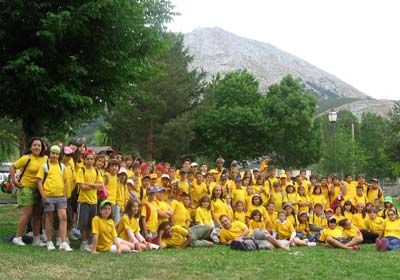The Fenar Valley and its surroundings
Our facilities where we developed the summer English camps, and the activities and school trips in spring and autumn, are located on the southern slope of the Cantabrian mountain range, specifically in the small village of Robledo de Fenar, located between the towns of Matallana de Tor?oand La Robla, in the middle Fenar Valley.
Years ago it belonged to the Municipality of La Robla, but for some it has become part of the Municipality of Matallana de Tor?o.
The environment in which it sits is unique, on the edge of the mountains of the mountains that flank it to the north, and 500 meters from the river to the south, behind the wide plain of the wide valley on the other side of the road. We are at an altitude of 1,040 meters, and practically at the beginning of the mountain coming from the southern plateau.
The Cantabrian Mountains, natural paradise
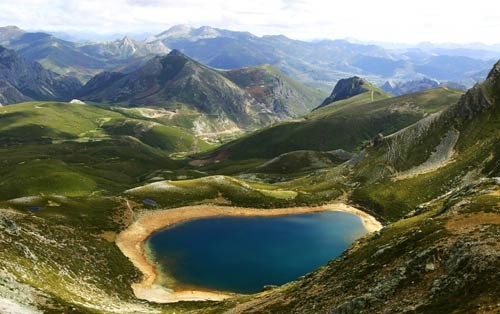 The Cordillera Cant?bricais undoubtedly the most spectacular mountain range in the Iberian Peninsula due to its uniqueness and variety of landscapes. It also emphasizes its breadth as it has a length of 480 km from west to east and between 60 and 120 km wide from north to south.
The Cordillera Cant?bricais undoubtedly the most spectacular mountain range in the Iberian Peninsula due to its uniqueness and variety of landscapes. It also emphasizes its breadth as it has a length of 480 km from west to east and between 60 and 120 km wide from north to south.
Our camp is in the MontaÑa Central, one of the areas where the mountain range is divided, in the southern part of the mountain range and facing the plateau, which gives us great advantages, as the mild climate and much less rainy than that of the northern slope of the Cordillera. This ensures that during our Summer English camps, the ideal climate, since we do not suffer only rainy days, and the nights are pleasant temperatures that make us sleep soundly, contrary to what happens from León down in the peninsula with heats difficult to carry even by the nights.
The Central Mountain of León
It is the part of the mountain range located just north of the city of León, between the River Pormaand the River Luna. It is possibly the region with the most adventure possibilities in the whole province of León. In this area of ??the province it is possible to enjoy mountaineering, climbing, spelunking, rafting, canoeing, kayaking, skiing, fishing, hunting, routes and activities for children and adults etc.
The municipalities of the region include the one of Matallana de Tor?o, to which the small town of Robledo de Fenarbelongs where the camp.
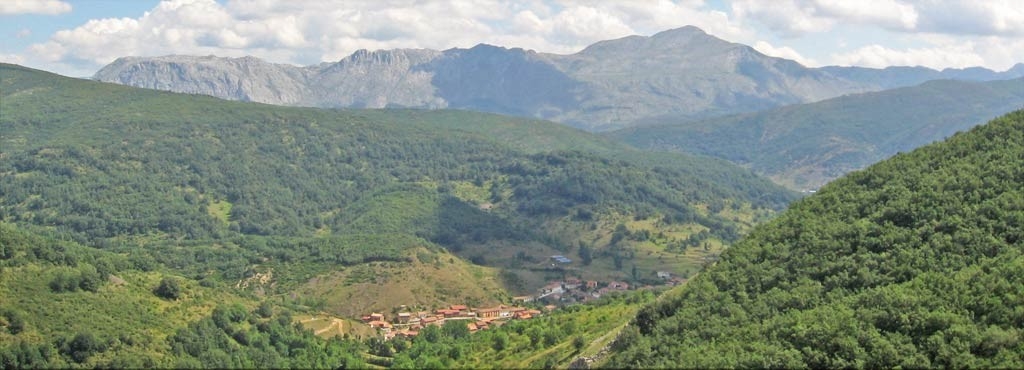
Municipalities of the Central Mountain
Matallana de Tor?o
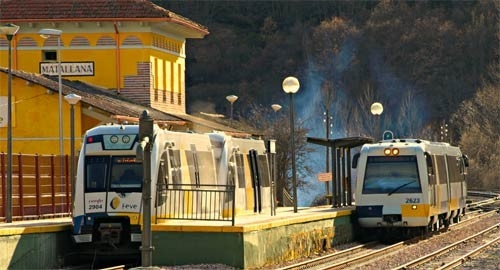 Matallana de Tor?o is 30 km away from León capital and is a wonderful town to visit. He bathes the River Toriowhere the boys of the town are going to bathe in summer. It has a path to walk or ride a bike that joins the towns of Matallana de Torio (station), (town) and Villalfeide.
Matallana de Tor?o is 30 km away from León capital and is a wonderful town to visit. He bathes the River Toriowhere the boys of the town are going to bathe in summer. It has a path to walk or ride a bike that joins the towns of Matallana de Torio (station), (town) and Villalfeide.
It has a Ermitaand on August 18, 19 and 20 are the San Roque fiestas.
In Matallana de Torio we find a municipality whose cultural, economic and undoubtedly leisure-adventure aspects revolve around the Rio Tor?o, the MontaÑa Brava and the narrow-gauge train (FEVE) called by the "countrymen of the zone " the train of Matallana.
El Tor?o is a mountain river, one hundred percent trout, with a bronze torrent that begins to be riparian from Pardav?.
The Town Hall is made up of 11 towns of old lineage; towns designated by Rome and remade with medieval stone.
La Robla
The most important of them all, just 7 kilometers away, will be the reference to easily reach our center.
The municipality of La Robla is made up of nine towns that, together with La Robla, make up a total of 10 population centers. Located in the Central Mountain, it has a privileged situation, dominating the communications of the north of the province of León.
Inexcusable crossing of roads and railways, is an excellent starting point to access the wide variety of tourist resources offered by this area of ??León.
The municipality of La Robla, mainly includes the Valle de Alba and Fenar. The region of Alba contributes to the Municipality of La Robla: Alcedo, Llanos, Olleros, Puente and Sorribos; Also the District of Fenar contributes: Solana, Candanedo, Rabanal and Brugos.
La Robla is the main communication hub of the northern province of León. The passage by her is almost obligatory as much for the travelers with destination to Leon as those that go to Asturias. A La Robla can be accessed mainly through the following communication channels.
Through the N-630, which connects the port of Pajares that gives access to Asturias and vice versa.
Through the county road C-626 (LA MAGDALENA-CERVERA DEL PISUERGA), which is also the access to the HIGHWAY A-66, which links León and Asturias. This district also allows to go or come from La Robla to important towns such as La Vecilla, BoÑar and other points from which you can get to Vegacervera, Valdeteja, San Isidro winter station, etc.
A la Robla can also be accessed by Alsa Railway or Bus Lines.
Vegacervera
The third important core of the area is Vegacervera.
The best preserved history, in addition to its rich parish archives, survives today in the drawing of the traditional architecture of all these towns that make up today the municipality of Vegacervera: Coladilla, Valporquero, Vegacervera Valley and Villar del Puerto. They are solid houses, almost hermetic, of carved stone or boulder, almost always with interior and solar corral, also integrating the spaces destined to the cattle (blocks for the cows and cuts for the sheep). The urban ensembles of these villages largely preserve their old styles and building techniques.
Other important towns around the camp include Villaman?n, C?rmenes, Valdepielago, and Pola de Gordón.
THE VALPORARY CAVES
It is undoubtedly the main tourist attraction in the area, and are considered some of the most beautiful and especially spectacular in the country. They will be part of one of our visits every fortnight, with a guided tour in English following the philosophy "taking classes outside of the classroom setting".
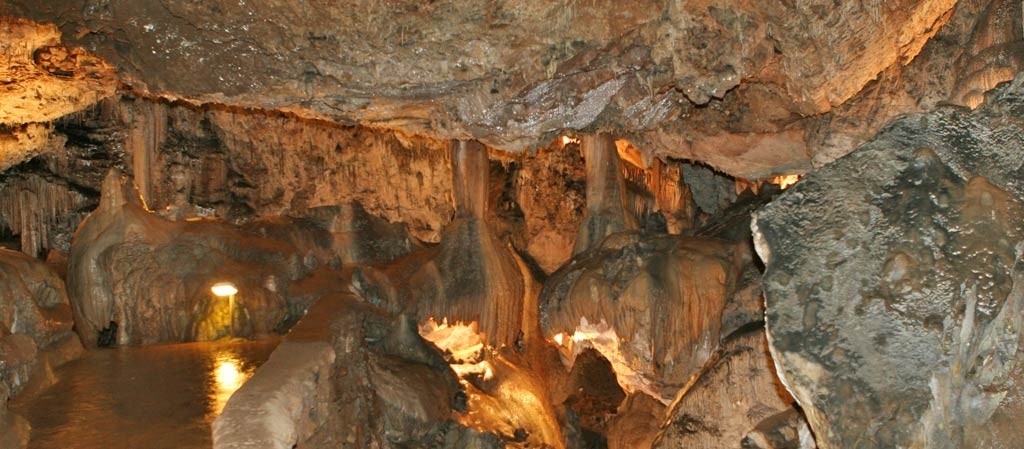
At 1,309m. altitude, under the town of Valporquero, the heart of the mountain of León opens an immense mouth by which, accompanied by a crystal clear stream, we can discover hidden and incredible underground wonders. Roads, bridges, stairs and a multitude of spotlights accompany us during a 1km journey, allowing us to admire the great work of art that nature has been modeling for more than a million years. Stalactites, stalagmites, castings and columns of different brightness and colors follow one another in seven visitable rooms.
Open to the public by the Diputación de León since 1966, the Cave of Valporquero, today offers a full day of leisure, both in its interior visit and its wonderful natural environment equipped with parking, public picnic, fountain, playground, cafeteria-restaurant and other services aimed at the satisfaction of the visitor.

